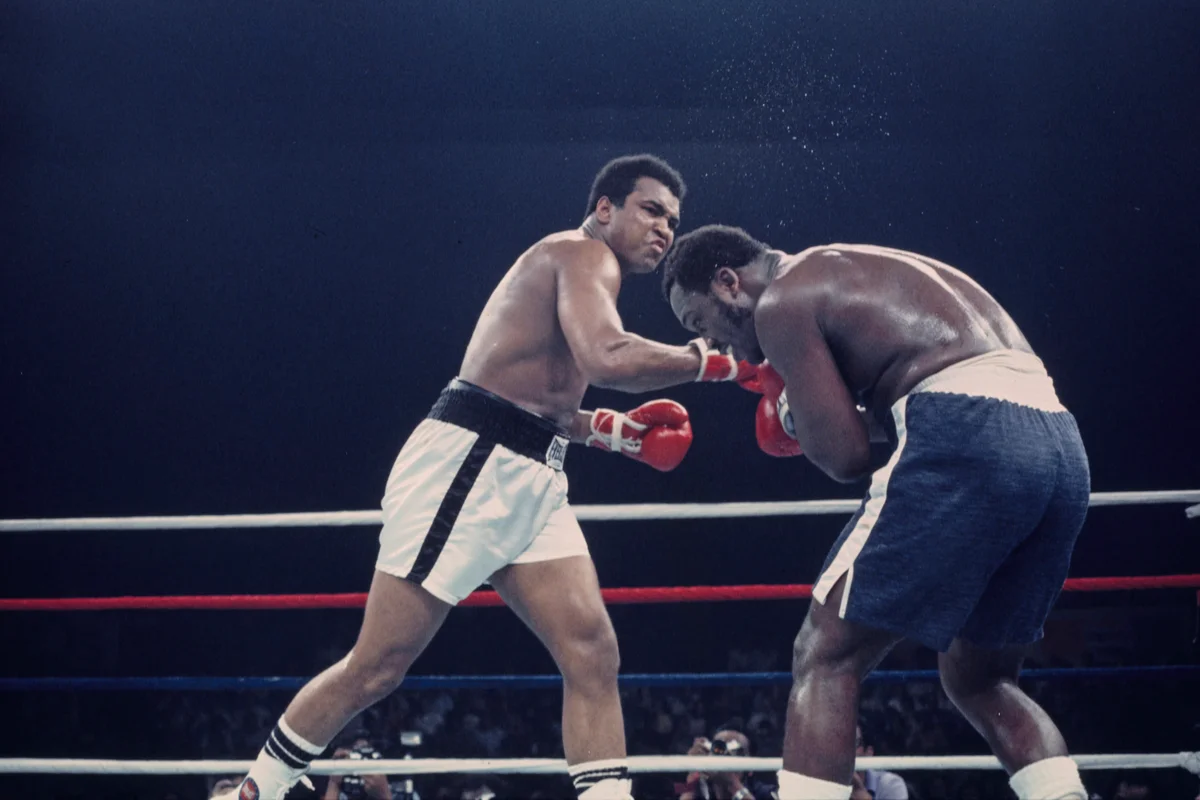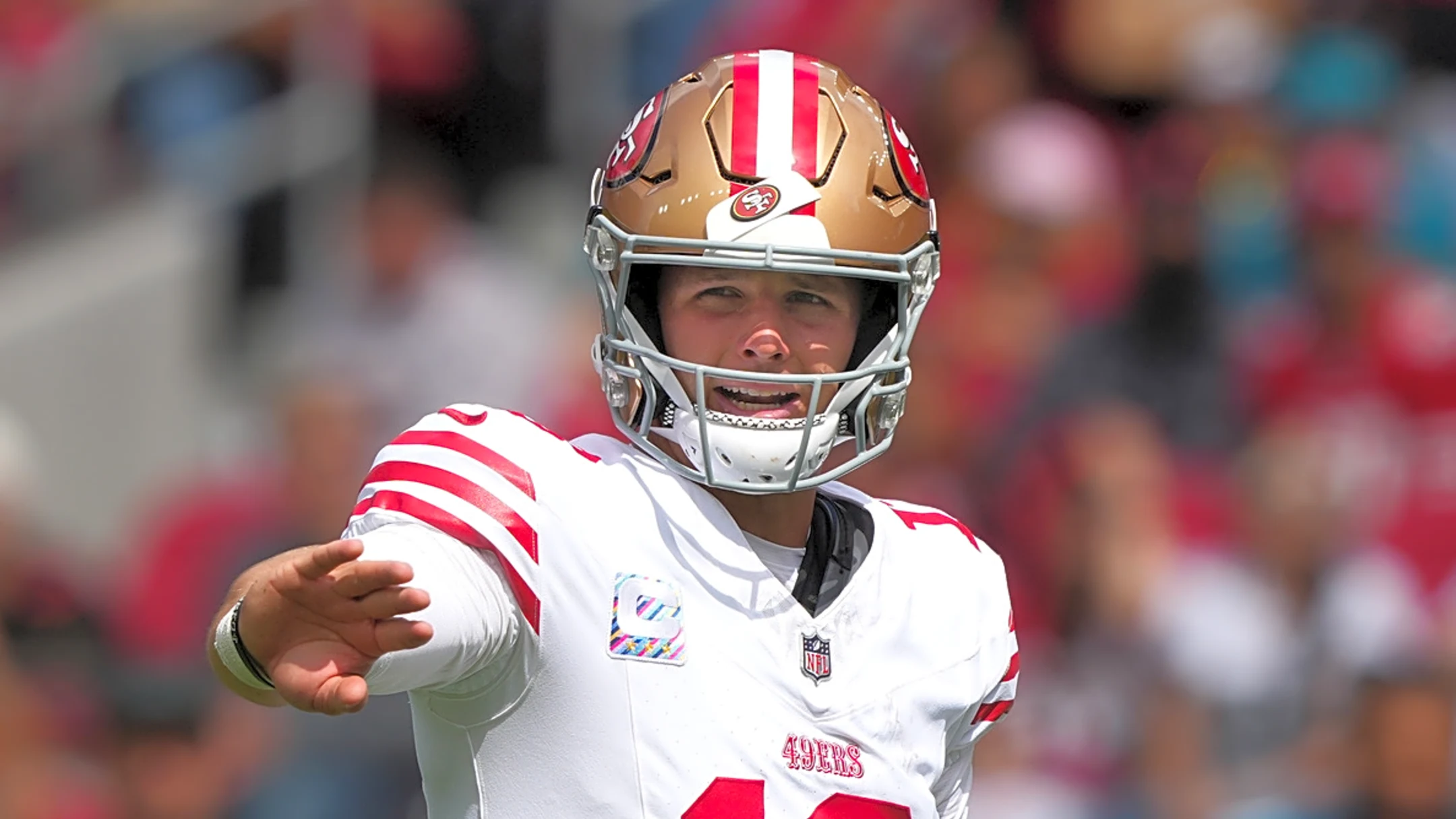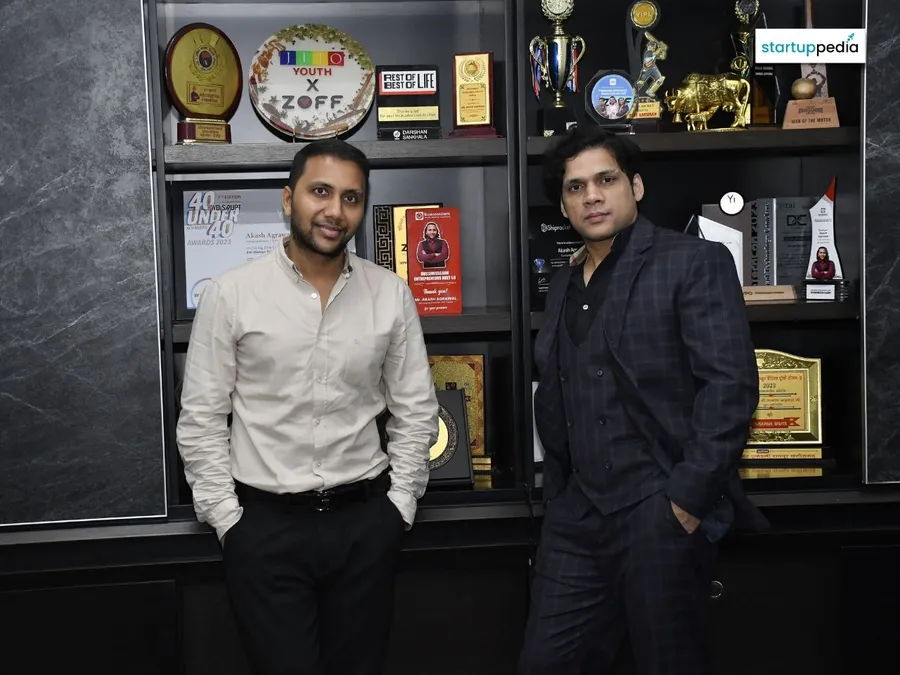By Kevin E G Perry
Copyright independent

On the morning of 1 October 1975, Muhammad Ali and Joe Frazier stepped into a boxing ring in the Philippines to duke it out for the heavyweight championship of the world. The “Thrilla in Manila”, which Ali won after 14 punishing rounds, caused shockwaves around the planet – not just because of what happened in the sticky heat of the ring, but because of the revolutionary way it was being watched.
Some 9,000 miles away in Vero Beach, Florida, it was still the evening of 30 September when 150 senators, congressmen and television executives gathered to witness HBO become the first television network in history to deliver a continuous live signal via satellite.
“You could not have picked a better event, in all the world, to demonstrate the power of satellites for a new industry than the Thrilla in Manila,” remembers Kay Koplovitz, who was there in the room. What had seemed like a science-fiction fantasy just a few years earlier was suddenly a reality. Television would never be the same.
Koplovitz, who would go on to become the first woman in the United States to run a television network, was then a 30-year-old helping to promote the event for HBO. For her, that night was the fruition of a long-held dream. In 1966, while still a student, she had seen author Arthur C Clarke – who went on to write 2001: A Space Odyssey – give a lecture about satellite communication and became convinced of the technology’s potential. “I’m a devotee of Arthur C Clarke,” says Koplovitz, now a sprightly octogenarian, from her home in New York City. “He’s the one that turned me on to this when I heard his lecture about geosynchronous orbiting satellites.”
She immediately understood that the dawning satellite age would make the world feel much smaller, and wrote her master’s thesis at Michigan State University on the subject. “We were in a Cold War back then, and it seemed to me that this was a way to unite people that we didn’t know that much about,” she recalls. “We didn’t know what was behind the Berlin Wall. We didn’t know what was behind the Great Wall of China. That’s what motivated me.”
At the time, television viewing options for Americans were extremely limited. There were essentially just three nationwide channels: NBC, CBS and ABC, and the latter wasn’t fully distributed, so many parts of the United States didn’t even receive it. As television historian Craig Leddy points out, this meant a huge amount of power was concentrated in these channels’ hands, and there were very limited avenues for new programming. “The Big Three broadcasters were these giant gatekeepers of television,” says Leddy. “HBO going up on satellite really ushered in a wave of creativity by people who may not have had prospects in TV otherwise.”
HBO (or Home Box Office) had launched in November 1972 with the promise of delivering first-rate movies to your living room, but had initially struggled to attract viewers. They resorted to stunts like handing out free turkeys at Thanksgiving to anyone willing to sign up, and their corporate owners at Time Inc were keen to shut the struggling company down. In part, their business model was hamstrung by the difficulty of traditional distribution. “They had to carry these physical tapes of a show around and say, ‘This is going to go on at such and such a time,’” explains Leddy. Koplovitz adds: “The cable industry was going nowhere without new programming.”
Satellites provided a solution, and the Thrilla in Manila was the perfect opportunity to prove the nascent technology actually worked. HBO president Jerry Levin teamed up with Bob Rosencrans, of cable provider UA-Columbia, who installed a 10-metre satellite dish at one of his bases in Vero Beach in order to receive the live feed. There was an air of nervous anticipation as the dignitaries gathered and the time of the fight approached, but when the footage came through crystal clear at 10:45pm, a thunderous round of applause rang out.
Expectations for the fight itself were sky-high. The two boxers had first met in 1971 at a Madison Square Garden matchup known as the Fight of the Century, where Frazier came out on top. Ali beat him in a rematch in 1974 before defeating George Foreman at The Rumble in the Jungle to establish himself as the undisputed champ.
That legacy only increased the media attention on Ali’s next title defence, which the fast-talking legend christened when he taunted Frazier: “It’ll be a thrilla, and a killa, and a chilla, when I get that gorilla in Manila.” In the event, the epic bout in the Philippines more than lived up to its billing and is still regarded as one of the greatest nights in boxing history. The two men traded blow after blow, round after round, leaving Frazier’s eye swollen shut and Ali gasping to his trainer that it was the “closest I’ve ever been to dying”. As the fight wore on, Ali knocked the gum shield out of Frazier’s mouth and proceeded to pummel his opponent with all his remaining energy. The referee brought the bruising 15-round slugfest to an end one round early.
“It wouldn’t have been as good if somebody had been knocked out in the first round, which happens in boxing sometimes!” points out Koplovitz. “This was the third matchup with these boxers who knew each other very well. It almost killed both of them. They both were absolutely damaged after that, but [we used the fight to] illustrate the power of satellites. It was clear that was the turning point.”
It was important the event went off without a hitch. The Federal Communications Commission had not yet granted cable companies the right to use satellite technology, and the event in Vero Beach was specifically designed to convince lawmakers they should give it the go-ahead. “We had to get approval to utilise satellites and also create policies that would allow the cable operators to access them,” explains Koplovitz. “[The new cable channels] didn’t have to get licences the way broadcasters do, so it was really a free market.”
It has been widely claimed that the Thrilla in Manila was watched by over a billion viewers around the world, with many gathered in movie theatres, although as this would represent a quarter of the global population at the time the figure is likely exaggerated. What is known is that a record 500,000 fans watched via pay-per-view on HBO, galvanising both the network and the cable industry at large.
Demand skyrocketed, cable infrastructure and satellite dishes were installed across the country and HBO developed a reputation for airing the sort of programming The Big Three wouldn’t touch. “People who couldn’t get their programmes greenlit on a broadcast network went to HBO,” says Leddy, whose new book Fast Forward charts HBO boss Jerry Levin’s subsequent involvement in the birth of video streaming. “Let’s face it, you could be racier on HBO. You could use swear words. There was nudity! A lot of people glommed onto HBO because of that. It gave people a lot more creative freedom, and Levin was very into that. He was fanatical about transformational technologies.”
It wasn’t just HBO that benefitted. As more homes got access to cable television, there was an explosion of new networks. As soon as 1980 there were already 28 cable channels in the United States and by 1998 that number had leapt to 174. Koplovitz was in prime position to lead this revolution. She launched her own sports-focused network in 1977 in partnership with Madison Square Garden, relaunching it in 1980 as the USA Network.
As head of the network, Koplovitz became the first person to negotiate contracts for cable coverage with the NBA, the NHL, the MLB and a host of other major sporting events. She is directly responsible for making televised sports in the United States a nightly phenomena. “It was only on the weekends before,” she recalls. “I just said: ‘These things are played all week long. There’s no reason people can’t see them all week long.’ The value was bringing people these weekday, weeknight sports, and they signed up rapidly once they were available.”
She wasn’t alone in spotting untapped potential. In 1980 Ted Turner launched CNN, the first 24-hour news channel. BET launched on Koplovitz’s network that same year before becoming its own channel in 1983. Showtime launched in 1976, Nickelodeon in 1979 and MTV in 1981. Levin, who died last year, traced the development of television as an artform back to this era, saying in 2015: “There would be no Golden Age of Programming today if there hadn’t been this proliferation of networks.”
In 2025, in the wake of the streaming revolution and the ubiquity of on-demand content, it’s hard to imagine that just five decades ago there were only a couple of different shows on screens at any one time. “Today there’s so much choice that the problem is finding something you really want to watch,” laughs Koplovitz.
Having witnessed such seismic change firsthand, Koplovitz is happy to know she was right when she predicted satellites would take viewers to places they once knew nothing about. “Americans really were not interested in foreign products before, but cable and now streaming opens up programming from around the world,” she says. “It’s really changed tremendously, and I date it all back to the Thrilla in Manila. That fight changed the course of television history.”



